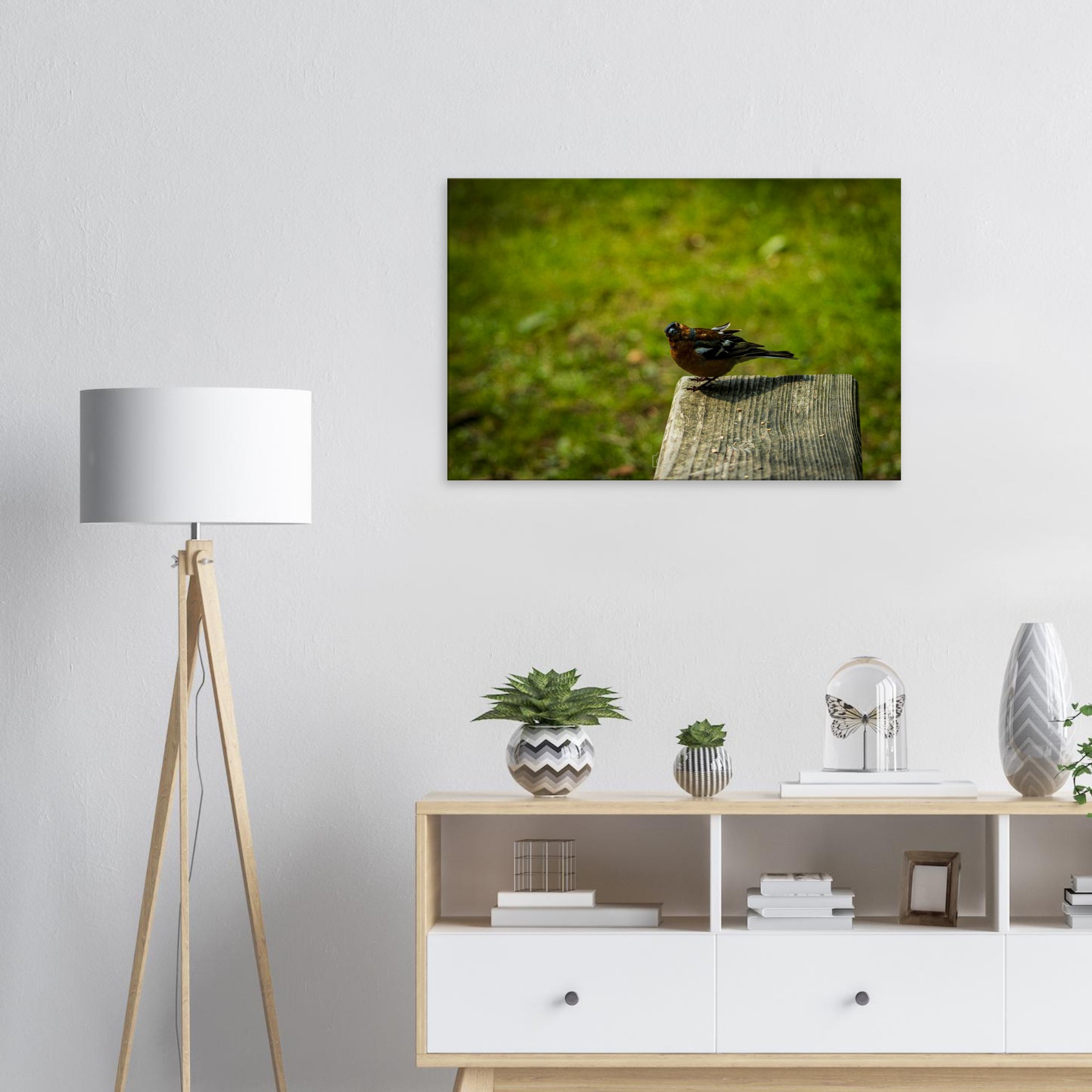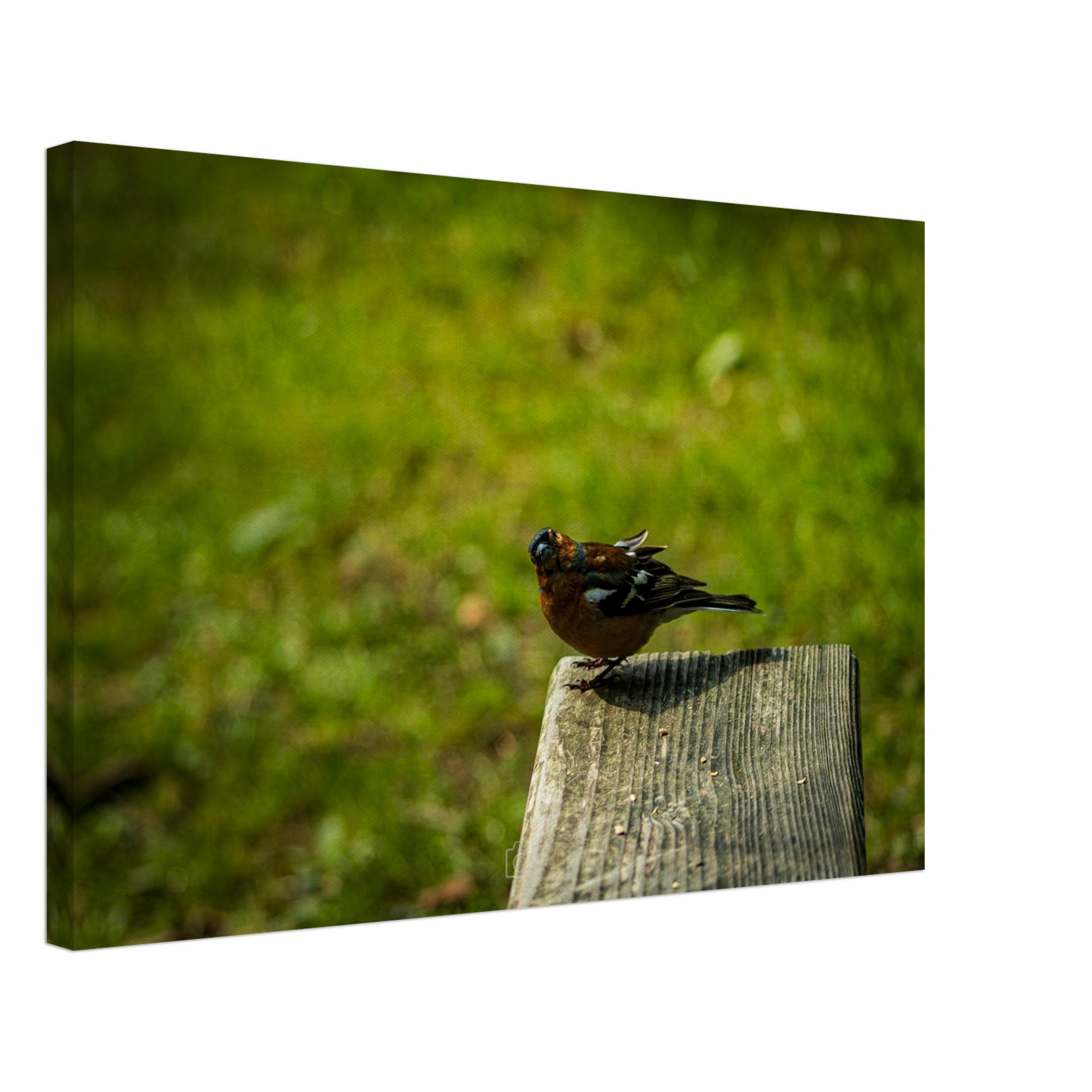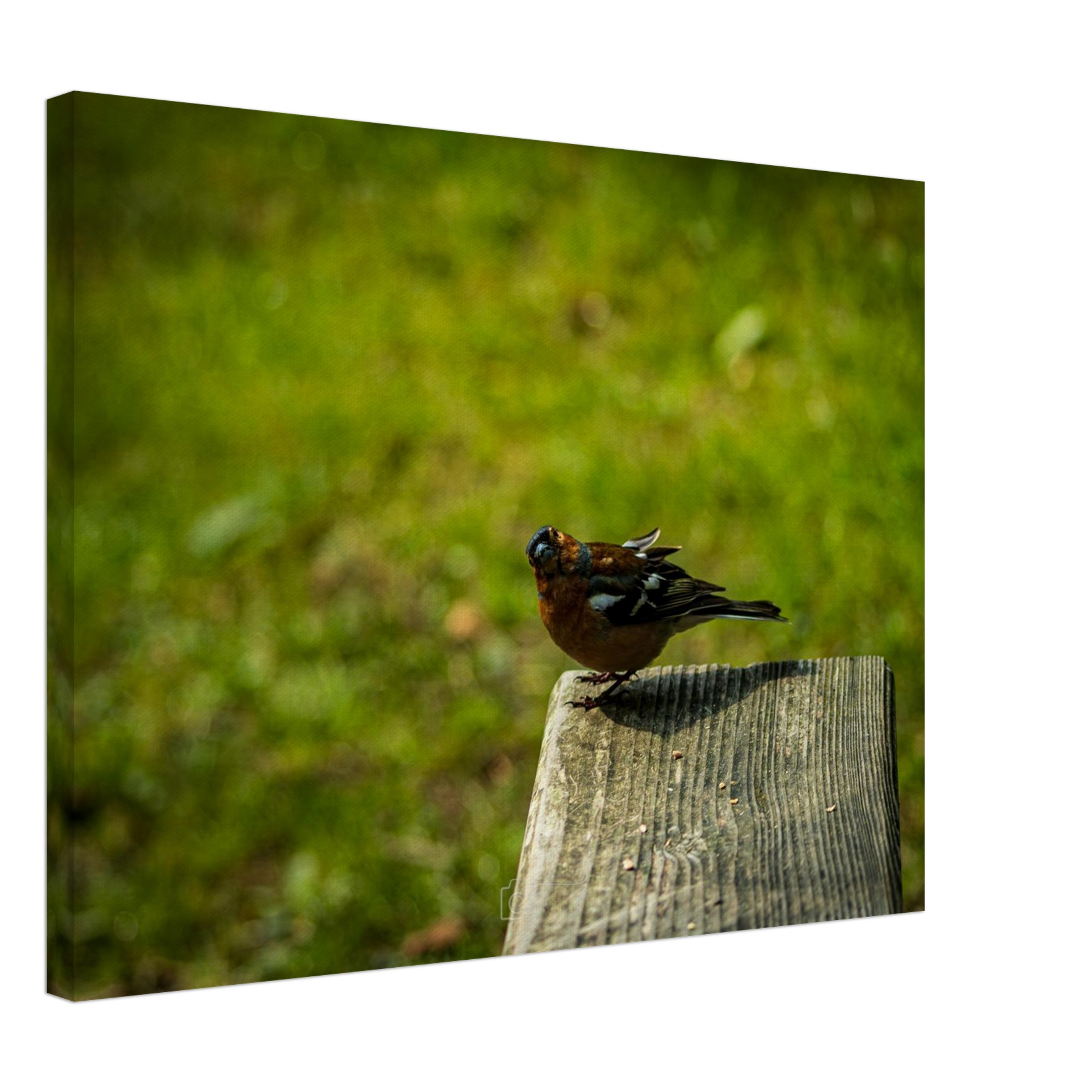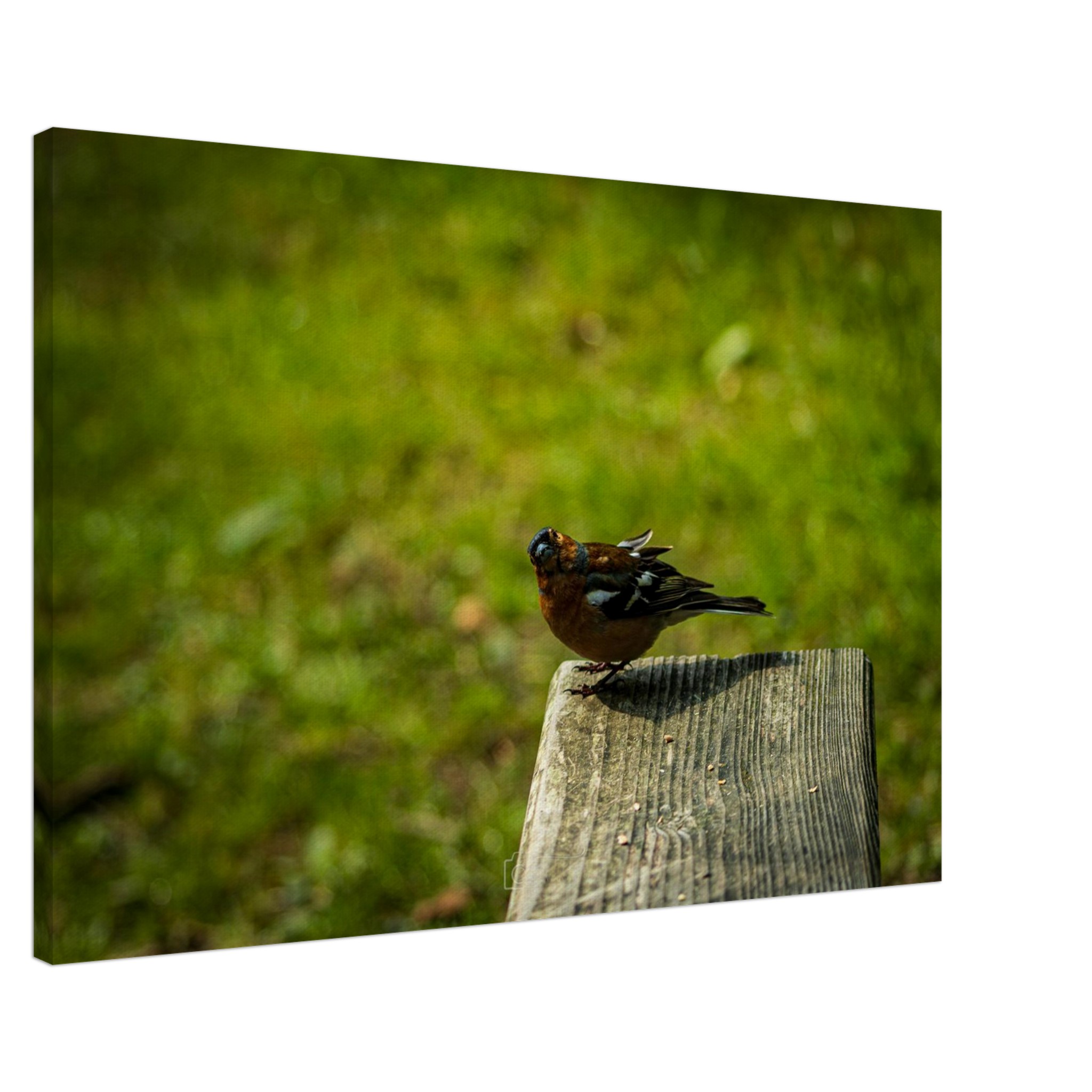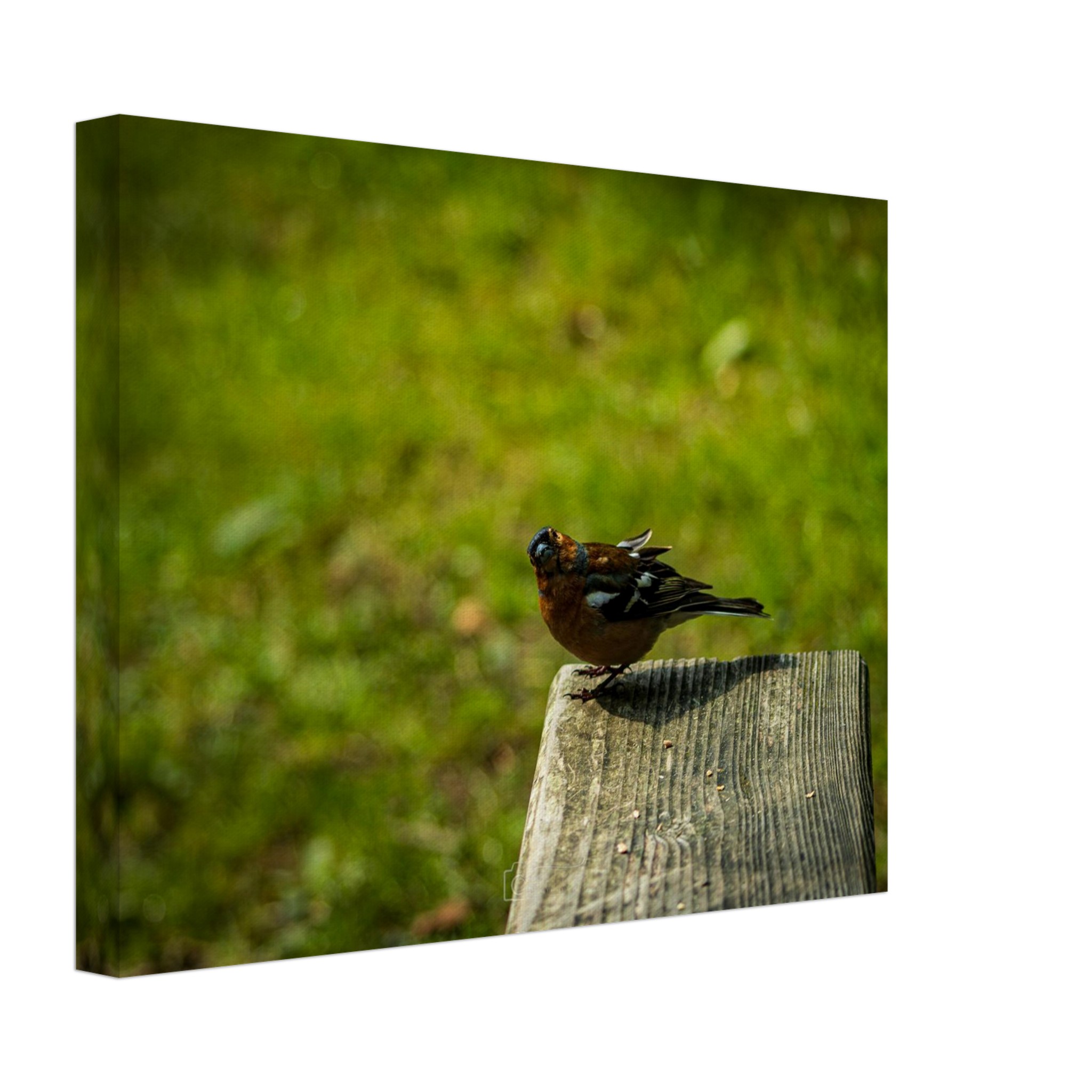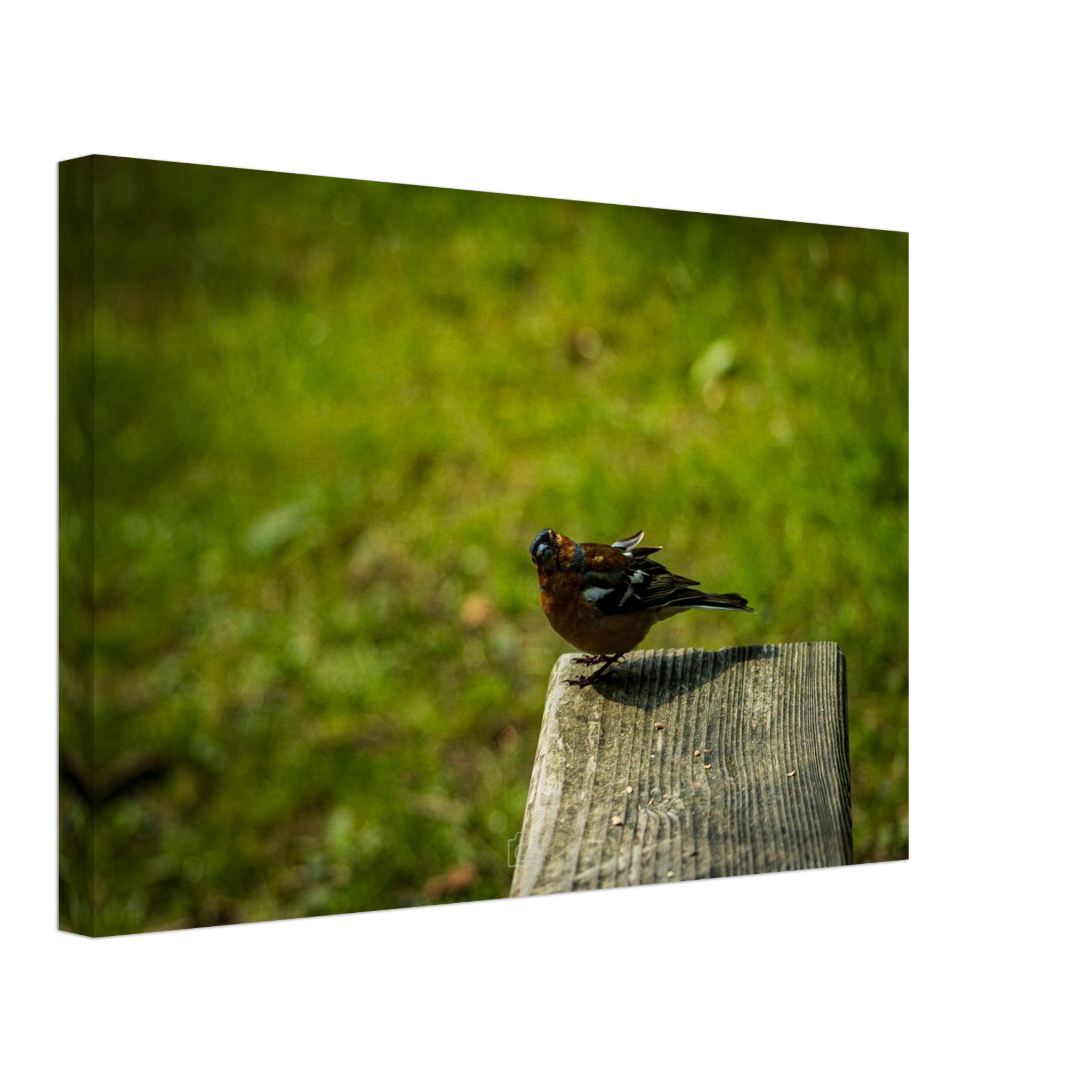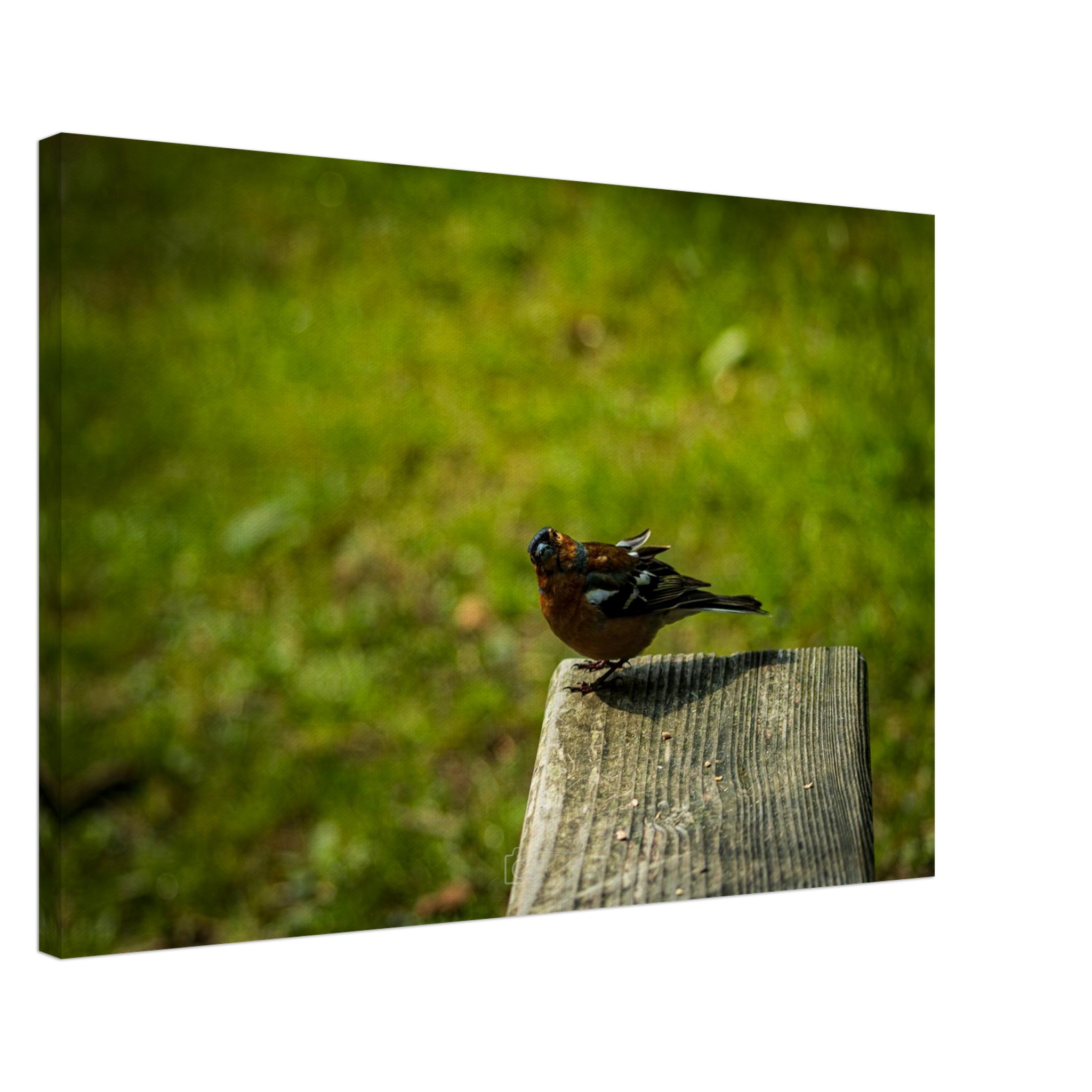Description
The Charming Common Chaffinch (*Fringilla coelebs*) is one of the most prevalent and widely recognised resident bird species throughout the United Kingdom. It is remarkably adaptable and can be seen across a diverse range of habitats, from dense woodland areas to open parks, lush gardens, and sprawling farmland regions bordered by hedgerows and individual trees. This bird’s widespread presence makes it a familiar sight for many bird enthusiasts and casual observers alike. Its resilient nature and versatility in habitat selection mean that it is likely to be encountered in many parts of the country, including the charming and ecologically rich Llyn Parc Mawr Community Woodland. This particular woodland is a vibrant area managed with a strong emphasis on conservation and the preservation of local wildlife, making it an ideal spot for observing the common chaffinch in its natural environment.
Llyn Parc Mawr is especially well-suited for a variety of woodland birds, including the charming common chaffinch, thanks to its diverse botanical composition, from towering trees to dense undergrowth, and its network of woodland tracks that invite exploration and birdwatching. The site’s community-driven approach to maintaining and enhancing its natural habitats encourages the flourishing of many bird species. For birdwatchers, this woodland represents a living, breathing sanctuary where the cheerful chirping and lively presence of chaffinches can be appreciated amidst the broader tapestry of native flora and fauna.
When it comes to feeding and foraging habits, the common chaffinch relies mainly on the seeds it gathers from the ground, which it extracts with its sturdy beak. Typically, these seeds come from grasses, weeds, and nearby shrubs or trees. During the breeding season, however, its diet expands to include a variety of invertebrates, such as caterpillars, beetles, and spiders, which provide essential nutrients for raising its young. These invertebrates are often found on leaves or hidden within the soil as the chaffinch hops energetically along the woodland floor, searching meticulously beneath the canopy for sustenance. These foraging behaviours are not only vital for its survival but also contribute to the health of the ecosystem by controlling insect populations and assisting seed dispersal.
The visual and auditory signals of the chaffinch mark its presence loudly and clearly. The male chaffinch’s song is a delightful and confident series of musical notes, often described as a cheerful, rhythmic trill followed by a flourish. This song serves multiple purposes: establishing territory, attracting a mate, and communicating with other birds. During spring and early summer, this vocal display becomes a familiar and welcome part of the woodland’s natural chorus. Additionally, the chaffinch’s distinctive call is a loud, clear “pink pink,” which resonates through the trees and bushes, cutting through other ambient sounds and creating a lively symphony that is characteristic of British woodland life.
Overall, whether you are a seasoned birdwatcher or a casual nature lover, spotting a chaffinch in Llyn Parc Mawr or similar habitats offers a glimpse into the rich biodiversity that is essential to Britain’s natural heritage. Their cheerful presence, engaging song, and lively foraging behaviour add warmth and vibrancy to the woodland landscape, making them a cherished component of the country’s avian community. Observing their behaviour and listening to their song not only enriches one’s appreciation of wildlife but also underscores the importance of dedicated conservation efforts in preserving these beautiful and vital species for generations to come.
